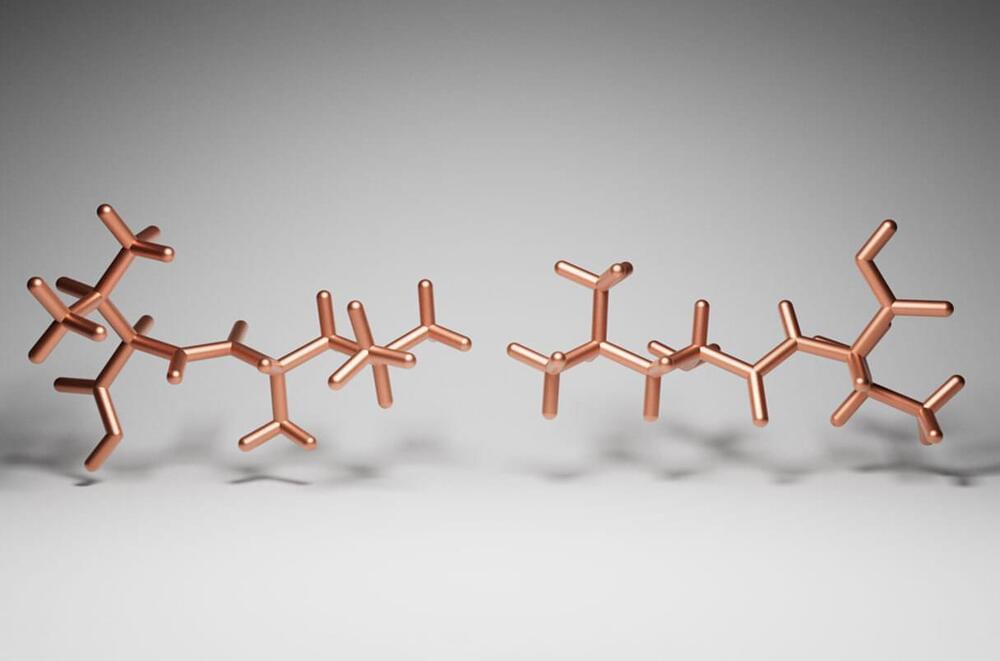Powner’s team didn’t check whether its sulfur-based catalysts had a chiral bias. That’s where Donna Blackmond, an origin of life chemist at Scripps Research, and her colleagues Min Deng and Jinhan Yu grabbed the baton. They tested two of Powner’s sulfur compounds to see whether the catalysts were sensitive to chirality as they formed dipeptides. They were, but not in the way Blackmond had expected. The catalysts created about four times as many “heterochiral” dipeptides—those pairing a left-handed amino acid (L) with a right-handed (D) one—as fully chiral products. “We thought it was bad news,” Blackmond says, because it suggested that even if amino acids on early Earth started with a bias, it would have been scrambled as proteins formed.
But as Blackmond and her colleagues looked more deeply, the news got better. In a series of experiments, the Scripps researchers started with skewed proportions of L and D amino acids—for example, 60% Ls and 40% Ds. The L, D and D, L heterochiral dipeptides formed most quickly, and as they did they pulled equal numbers of L and D amino acids out of the mix. Because of the baseline bias, eventually a predominance of Ls remained in the pool of unreacted amino acids, raising the likelihood of forming fully lefthanded dipeptides. “It’s like a domino effect,” Powner says. The first heterochiral reaction eventually encourages more homochirals to form. “And it’s a general process that works with all amino acids,” Powner says. Joyce adds: “It’s just math.”
Follow-up experiments suggested a second bias that amplifies the effect. The team found that heterochiral dipeptides precipitate out of a solution more quickly than homochiral ones, speeding the way to a relative abundance of either homochiral L, L or D, D pairs, depending the starting mix. Just why this precipitation bias occurs isn’t yet clear, Blackmond says. However, Joyce says, together with the other effect, “it beautifully fits the [experimental] data.” Blackmond adds: “The wrong answer turned out to be the right answer to get us to homochirality.”
